Last night I imaged the Leo Triplet using 3 different filters (and a no-filter control shot) using my Dwarf II (Dwarf 2) telescope’s built in stacking algorithm. Each session had 80 images, 10 seconds exposure, 80 gain, with IR pass enabled. The only difference was the time of night (about 15 minutes between shots) and the filter. I’m in a Bortle 7 light pollution situation.
The Leo Triplet (a.k.a. the M66 Group) consists of NGC 3628 (to the top of the image, which is North), and M65 (bottom right) and M66 (bottom left)
This is what the DWARF II achieves on it’s own (without any post processing) with no filter: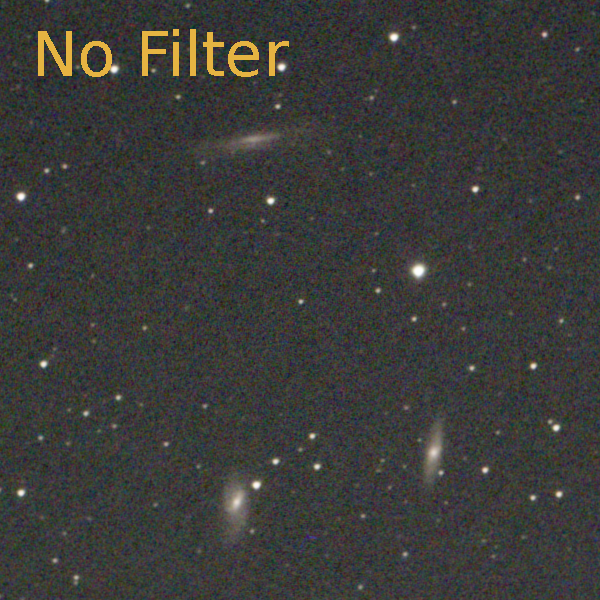
And this is using the DWARF UHC (Ultra High Contrast) filter:
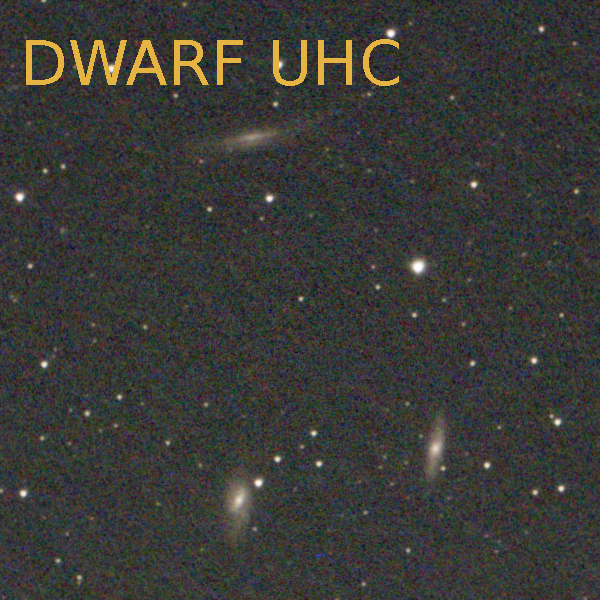
(Not all that different really…..but the background is a bit less noisy)
Here is using the SVBONY UHC filter:
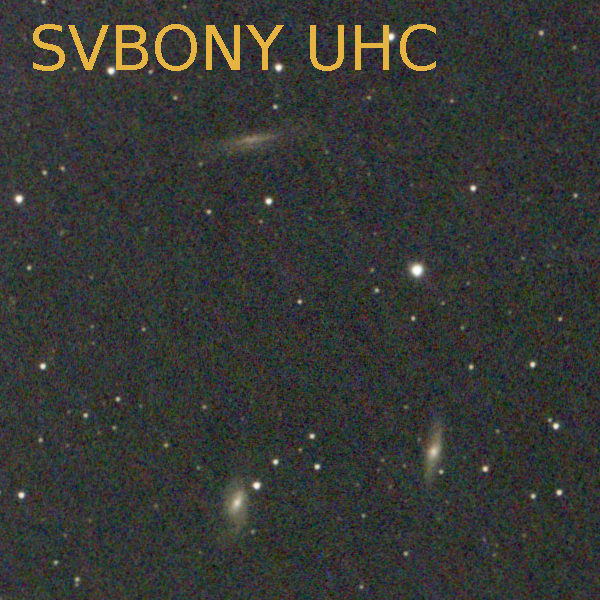
(The stars appear to be slightly smaller, but so are the triplet galaxies, and the background noise is reduced).
And since I had the SVBONY CLS (City Light Suppression) filter, I also tested it out:
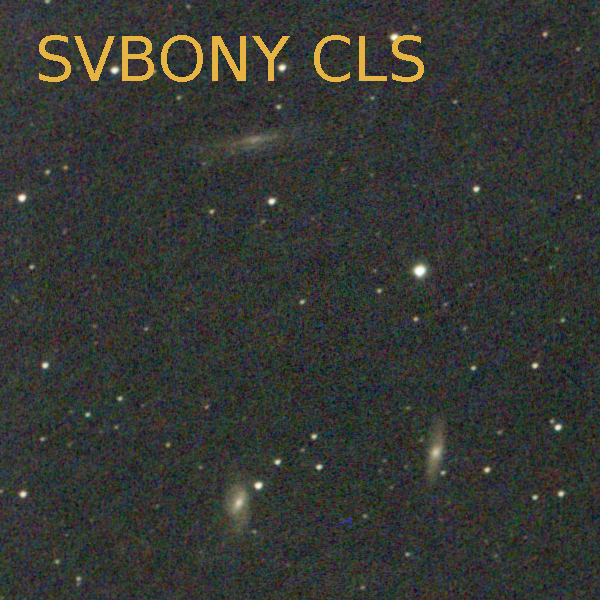
My takeaway from the four images above (which look very similar, with only subtle differences) is that the SVBONY UHC and the DWARF UHC appear to have relatively similar performance. Also, the Dwarf II’s built in stacking software doesn’t do a super great job illustrating any difference between these filters.
Perhaps my target is the problem, in that UHC/CLS filters may not help much when imaging galaxies. The next time I get clear skys I will try to repeat the test using a nebula.
If you want to try your own post processing, I’ve posted the Raw Data zip file here.

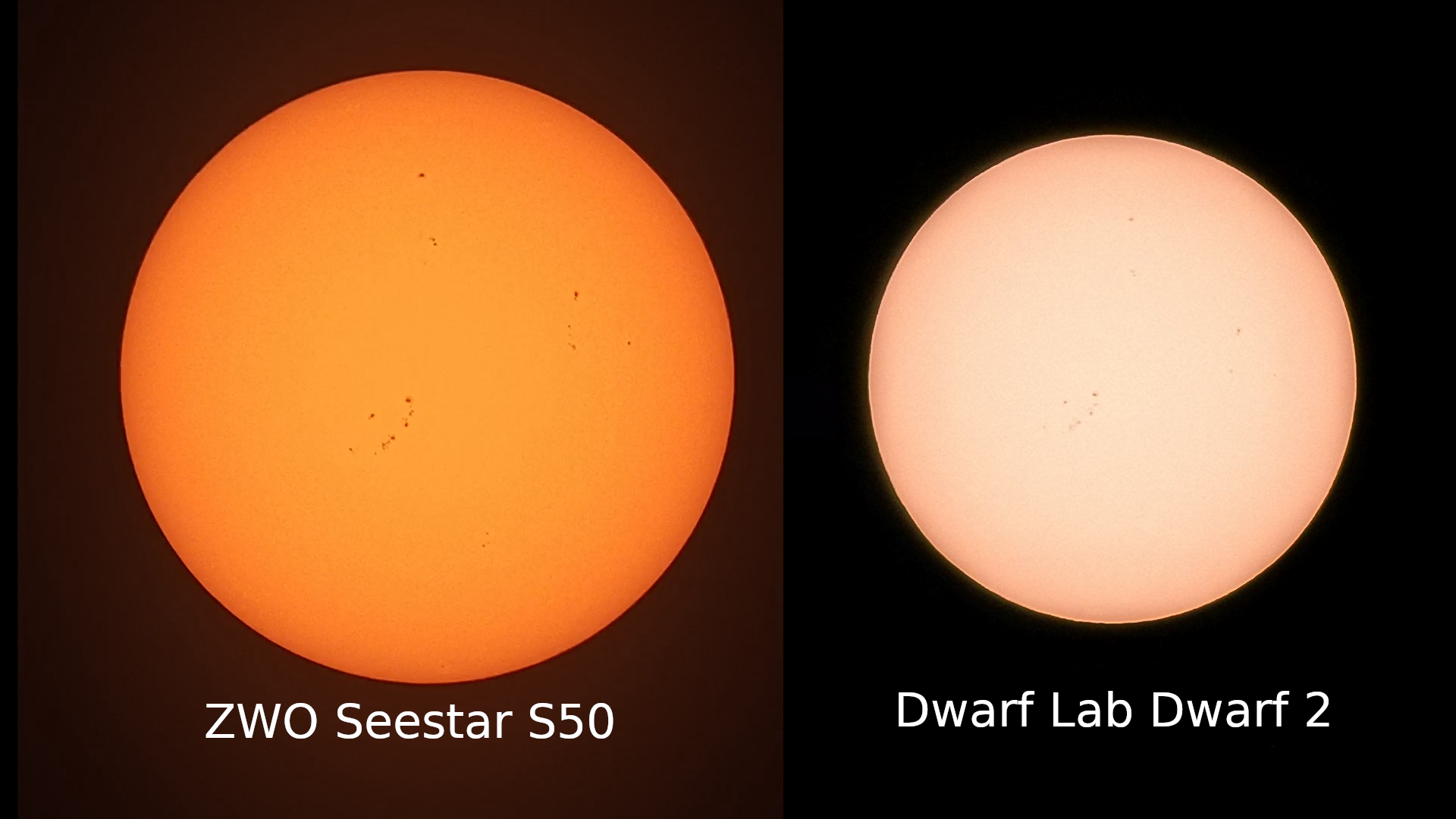
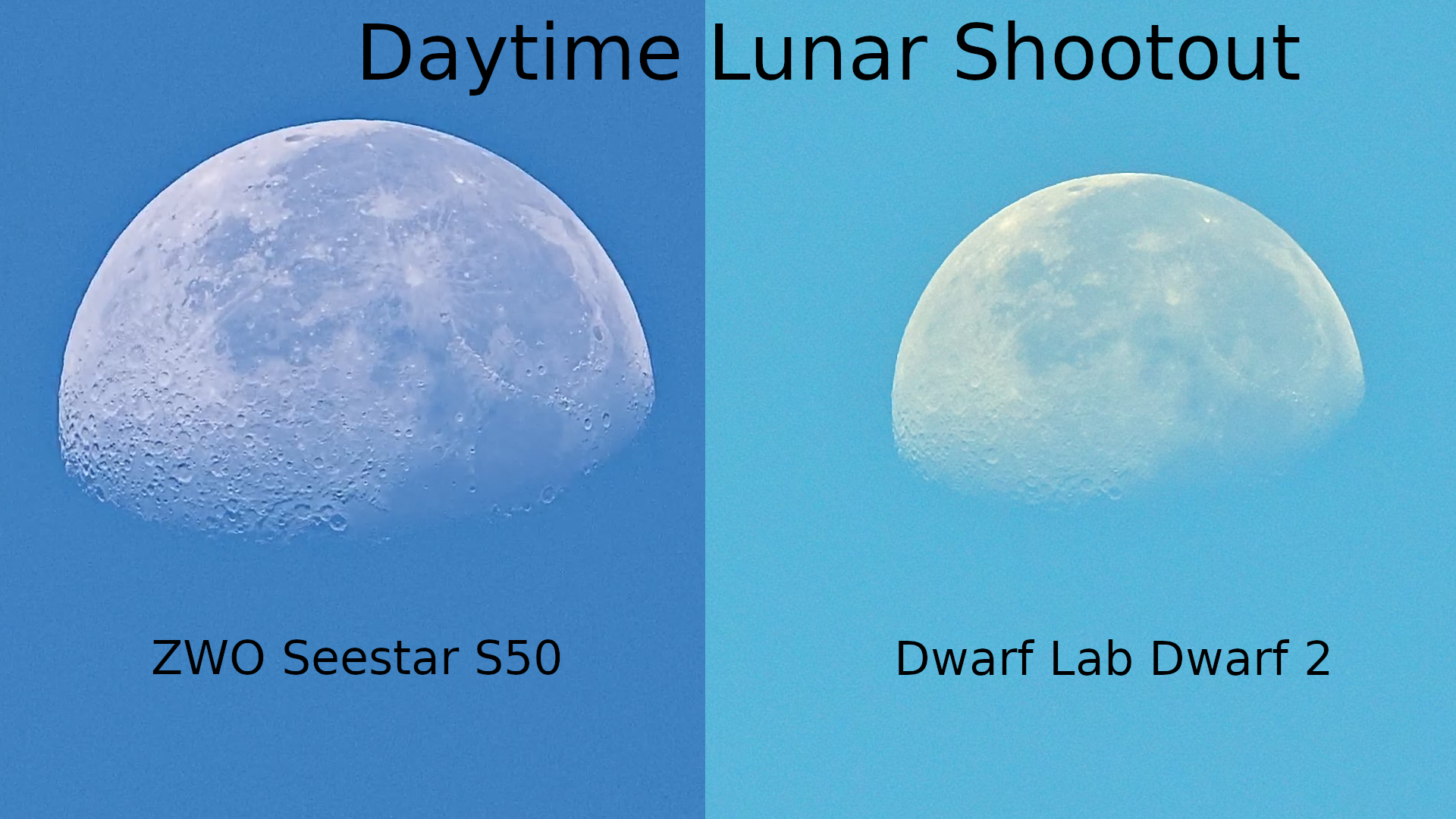
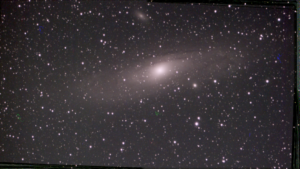
Next time image some nebula, as on galaxies using a filter is pretty useless and the difference will not be as dramatic as on emission nebulae.
Been wondering about this – what about the IR PASS/CUT choice – one person told me the focus for IR will be off from Visible, so I guess my stars would be a bit bigger in PASS mode, what objects are really giving me gain in signal with those extra IR wavelengths? (also not sure how bright the sky is in those wavelengths and if I’m winning or losing with PASS)
I typically use IR pass for stars and things made up of stars (galaxies, etc…), but turn it off for nebulae.
Adding a filter (such as the IR cut filter) to the optical path MAY slightly change the focus point, but if you focus after you turn IR cut on, it will focus with the filter in the path and should be fine.
If you have a lot of outdoor security cameras nearby which use IR light, you may also want to use IR CUT just to get rid of their interference (or block the telescope’s view to them with a tarp, or lens hood type arrangement).